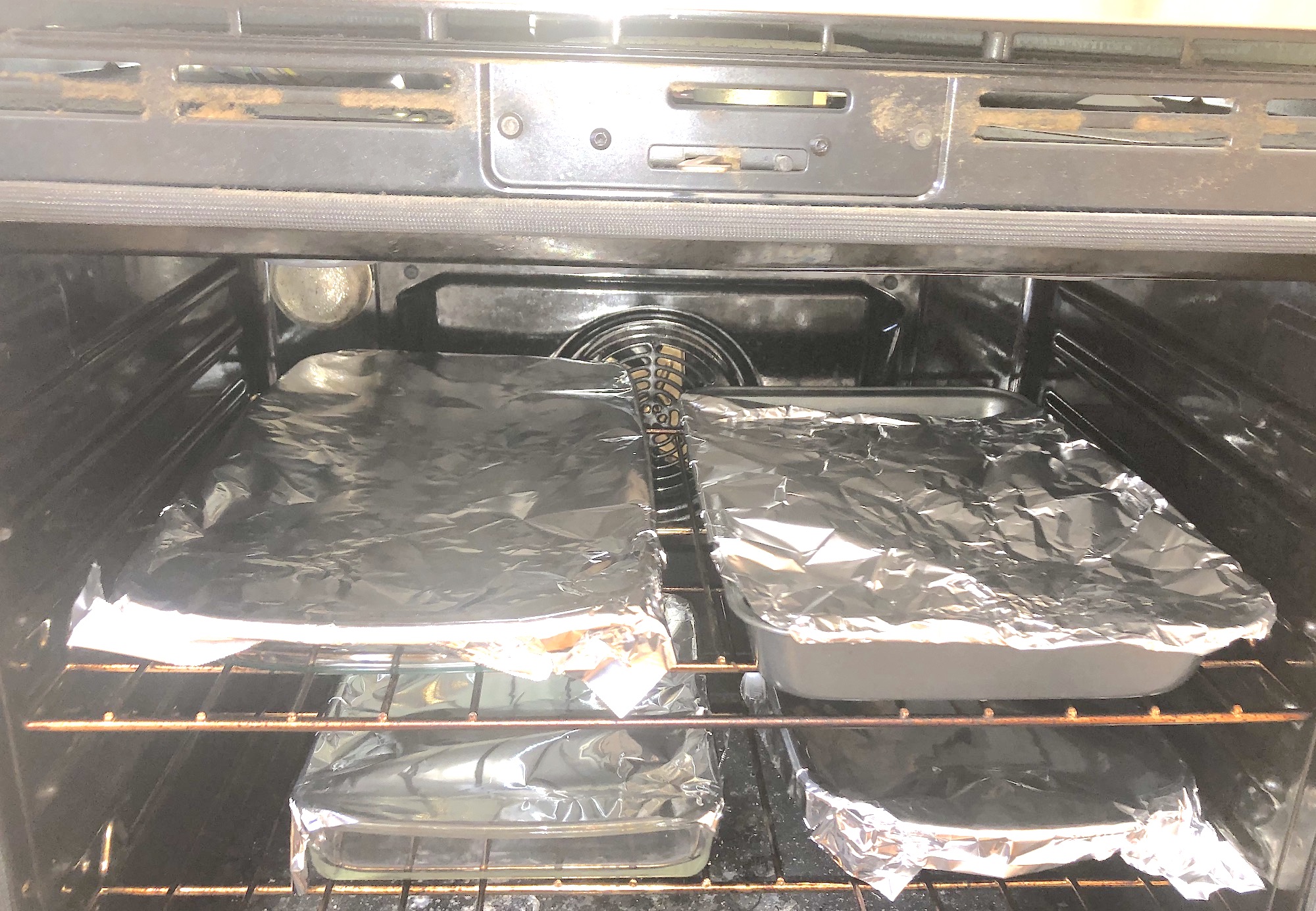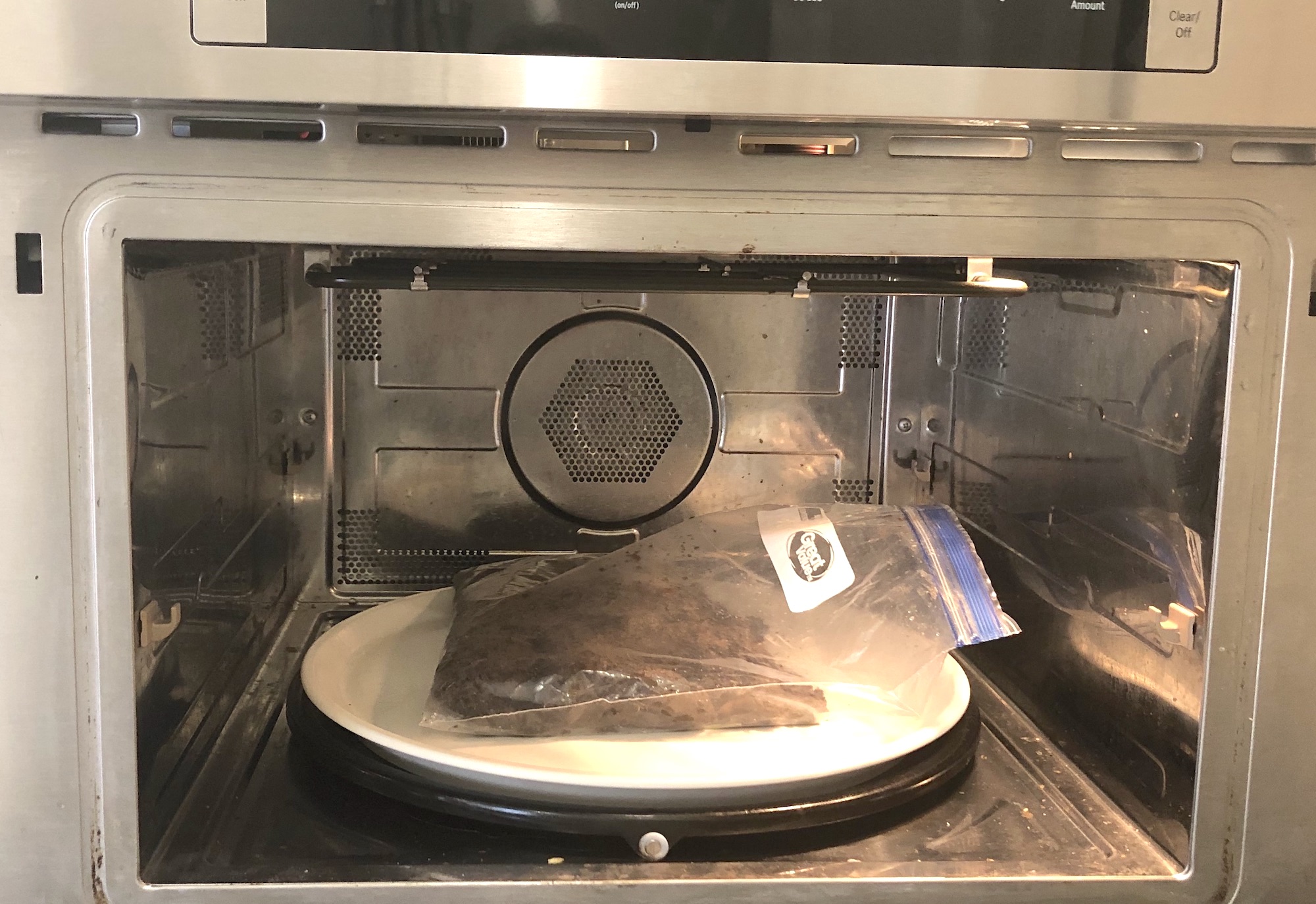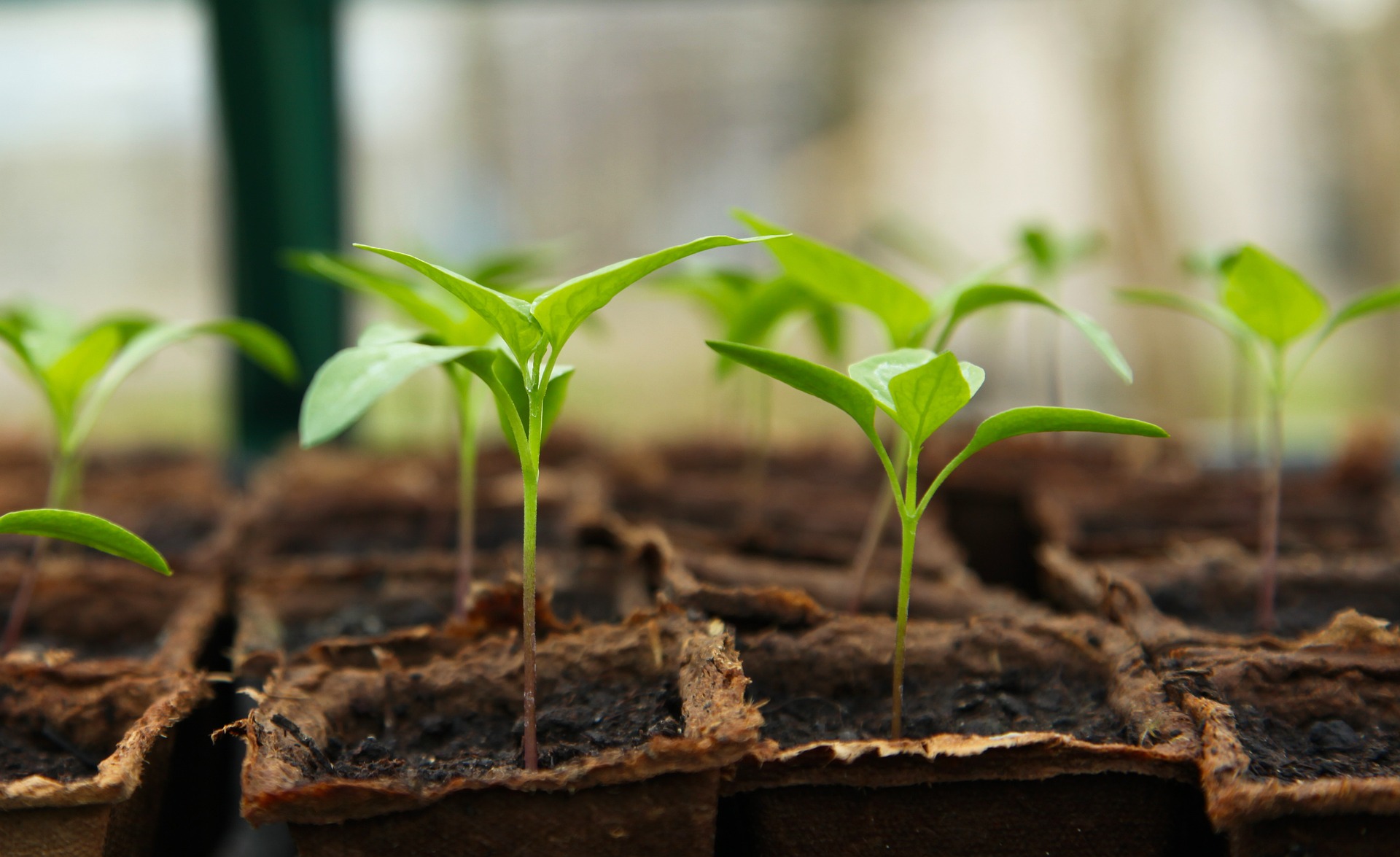
How to Sterilize Soil in Oven, Microwave, and Pressure Cooker
I used to work on a sod farm, The sod was two or three inches thick, and 1 ft wide by 10 ft long.. it was beautiful black dirt and green grass rolled up and I would palletize it on the back of a harvester. Sometimes the mesh in the reinforcement would cut your finger and it would start bleeding. Old timers would say just rub some dirt in it. It helped it heal real quick. I suppose it makes a scab.
Question
Can ya maybe use a pellet grill for the process and some big aluminum pans?
This is more a question than a comment. I opened a bag of potting soil that I bought several months ago for to plant some Lilies of the Valley next to the house. When I started scooping out the potting soil I found white, lacey, tendril-y clumps that I think must be fungus. (I am a gardening novice). My gardening neighbor said I should not use that potting soil if it had fungus. Internet had different opinions from "don't" to "it's not harmful". I trust Farmer's Almanac so I hope you can help me (and quickly. Those poor plants have been waiting two weeks for me to finally plant them so I REALLY don't want to mess it up by kkilling them with bad soil ). Would exposure to the sun make the potting soil good? I'm not supposed to carry anything heavy so I'm hoping to avoid another shopping trip if i can. I very much appreciate your help and recommendations .
Hi Shelli,
When bagged potting mix is exposed to excess moisture it can result in a mold/fungal growth. What you see could also be the result of different components of your potting mix breaking down. After the bag is opened and exposed to light and air, it will be less inclined to produce what you found. Using gloves, you can remove the white portions for disposal. If you feel more comfortable, you can also wear a facemask during the removal. At that point, your potting mix will be fine to use. You can also remove the potting mix from the bag and spread it out on a tarp to dry it out in the sun before potting up your plants.
Good luck with your planting!
Thank you! I'll try that.
I sterilize my used potting soil by covering the pot containing the soil with a black plastic bag and leaving it out in the sun all summer. The temperature of the soil will reach about 150 deg. F on a sunny day. Here in south Florida the growing season is in the fall, winter, and spring, but in other places you could use the soil that you solarized one summer during the next growing season.
My father was a farmer and we grew bedding plants in our many greenhouses. He always sterilized the soil. He used a potbelly stove and piled up the soil (muck land soil) and covered it with heavy plastic. Pumping the heat into the soil, sterilizing the soil for seedlings. I can still smell it.













